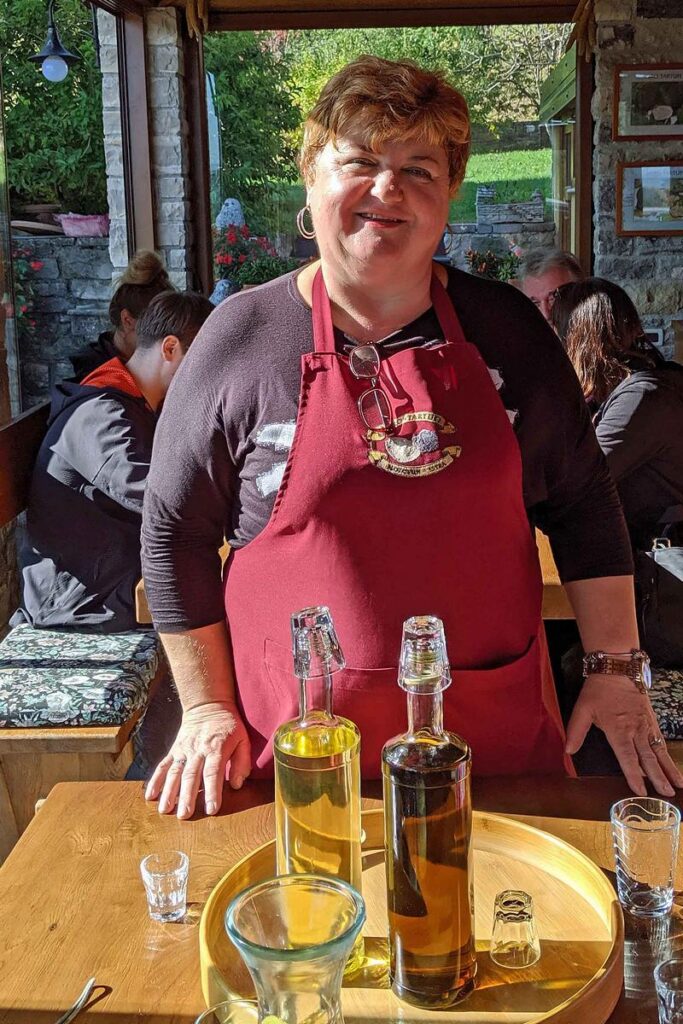
Bar Enza’s breezy fare summons Italian summer
We explain the title of this website with the subtitle ‶Bringing the tastes of travel back home.″ Sometimes, though, tastes close to home can be transporting in themselves. It's the middle of June and we're already pining for summer on the Italian coast. But in our case, we can get a dose of that sublime experience by going to Bar Enza (Charles Hotel, 1 Bennett St.; 617-661-5050; bar-enza.com) in Harvard Square. It's nice that the food and wines of the Cinqueterre, the Amalfi Coast, or the beach at Capri are a 10-minute walk from our home in Cambridge, Massachusetts. We have chef Tony Susi to thank for that. Since he took over the helm at Bar Enza in April, he's crafted menus that embody the...Read More

